How to Teach STEAM
This post may contain affiliate links.
I am pretty sure if you are a teacher, parent or homeschooler you have heard the term STEM (or STEAM) in regards to Education. (See 200+ STEM Projects here!) STEM stands for Science, Technology, Engineering and Math. Many educators are also adding in the A (for Art) to make it STEAM. So, what’s the big deal about STEAM Education? Why does it matter? I want to help you learn the importance of it and learn the basics of how to teach STEAM!
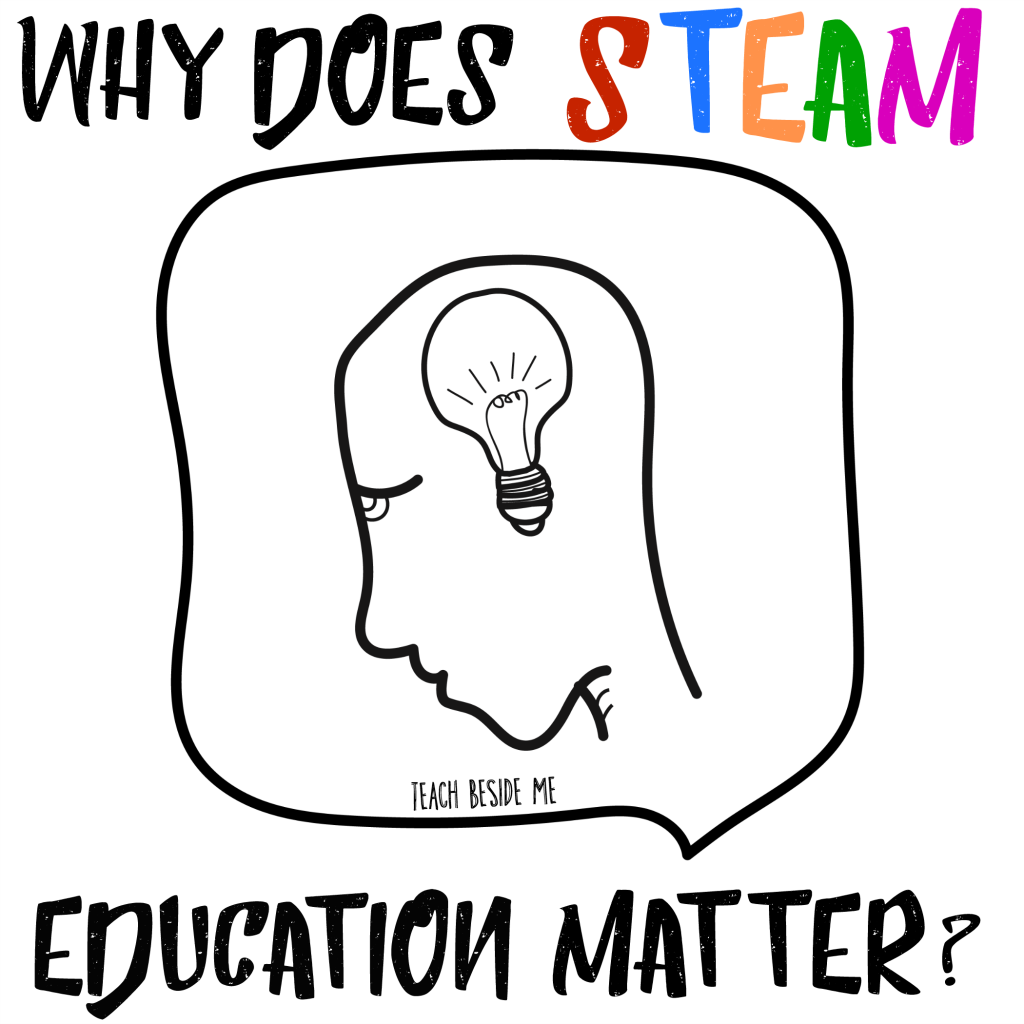
Why Does STEAM Education Matter?
Our society is driven by math, science and technology and engineering these days. With continuing advances in the technological areas, we need to be able to keep up with the rest of the world and be competitive in these fields! As an educator, I have watched the growth and changes in these fields with excitement. I also love that we are teaching kids younger and younger about STEAM topics. In my opinion, the younger kids are when they learn something, the easier it is for them to grasp. I think of my two-year-old who can easily navigate a tablet, yet I am certain that my grandmother could not.
The problem in our country is that we have been behind the rest of the world in our learning of these important subjects. We need engineers to build the new technologies in our society. We need people who know the ins and outs of computers. Science is needed for research and learning to expand the fields. Math is a huge part of coding and engineering as well. I think art plays a huge roll in all of it. We need creative designers to tie all of it together to make it all look beautiful, fresh, and unique! with STEAM education we can make that happen and be stronger competitors in the future.
I love the following quote about the integration of art and science!

All of these fields have separate and unique ideas taught, but ultimately they all merge together into one big field of learning. We do not need to separate the subjects out as much as we have been.
The earlier and the more we can teach kids about STEAM, the better off they will be in the future. We can spark their excitement by making learning enjoyable with hands-on projects. We want to grow innovators, and I want to help you to learn how to teach STEAM so we can make that happen!
How to Teach STEAM:
Check out the STEAM Kids book for some project ideas.
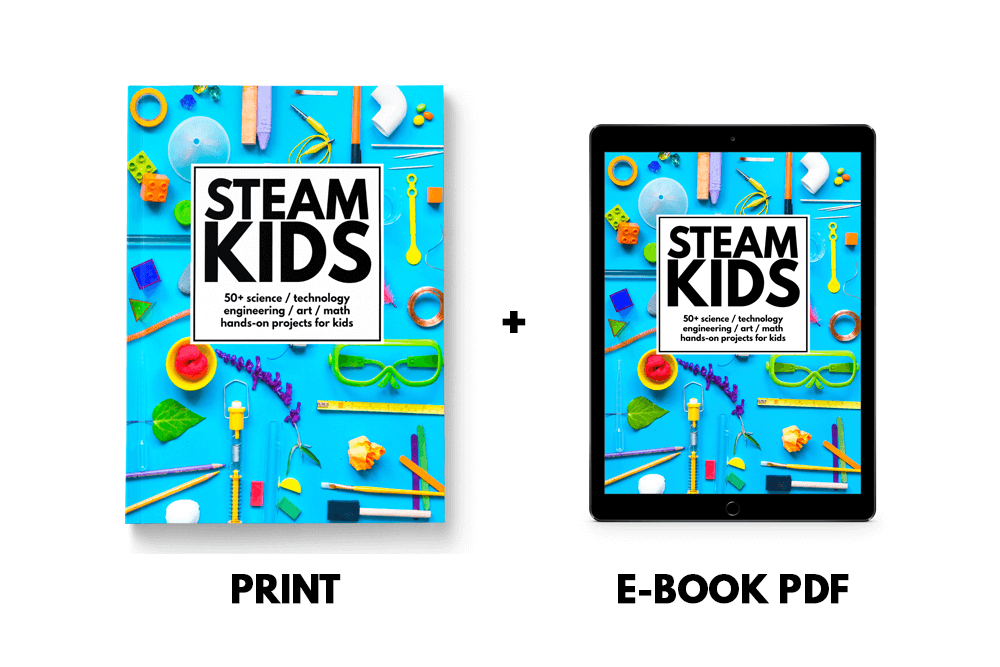
So we know what STEAM stands for, but teaching STEAM is not just about adding the subjects into your learning. It is more than that!
- Add More Hands-On Projects. STEAM incorporates hands-on learning, but not just for the sake of doing a project. STEAM projects allow open-ended exploring and investigating, problems to solve and solutions to create! Making education hands-on is so critical. The more senses involved in education, the more it will help them remember what they are learning. When kids are building, creating and exploring the learning matters to them! The experience that come from hands-on projects brings the learning to life.
- Include REAL World Problem Solving Activities. An example to help you understand this is the LEGO Robotics program. My son has been involved in this program for two years. For the competition the kids have a project they need to complete. The project goes along with a theme each year. This year’s theme is Animal Allies. The kids are supposed to find a real-world problem with how animals and humans interact and create a solution for that problem. Including activities like this really helps kids focus on the important parts of education, how to apply it to real life. To make it even better, bring in experts and professionals to help them see things in action.
- Integrate and Apply the Learning. Yes, teach science, technology, engineering, art and math! But aside from just teaching it, apply it. Connect the subjects together. Intertwine art and math. Make engineering and science work together. Bring technology into all of it through apps, programming, wiring, tools, and more! Incorporate these processes across all areas of learning.
- Encourage Questioning and Wondering. Kids are naturally curious, but often educational methods push that curiosity down. Let them question, wonder, experiment and explore. It is through these methods that new discoveries and inventions are made. Help kids understand why things happen the way they do.
- Give the Kids More Control of Their Learning. I think a really important part of education is giving the kids some of the control. When they have control, they care more about it. They will take charge and be more willing to make things happen. Let them make some of the decisions about the projects they do and the way they do them.
Now for some real examples!
Our new book, STEAM Kids is packed FULL of awesome ideas to get you started as well as a planning guide to help you along the way.

We have done a lot of projects in our homeschool using these guidelines. You can see my post of 20 Elementary STEM Projects to get a few ideas! Also see my STEM booklist and my Science and Math Teaching book lists.


Learn more about STEAM from the rest of the STEAM Kids authors:
- STEAM Projects with Household Items from What Do We DO All Day?
- How to Start Doing STEAM Projects at Home from Babble Dabble Do
- STEM vs. STEAM- Does the A Matter? From Handmade Kids Art
- 40+ Projects That Combine STEM with Art from Pink Stripey Socks
- Tips for Adapting STEM/STEAM Projects from STEAM Powered Family
- Tips for Acquiring Inexpensive STEAM Materials from Wee Warhols
- 28 Days of STEM Activities for Kids from Left Brain Craft Brain
- 3 Genius Tips for Raising Out of the Box Thinkers fromLemon Lime Adventures
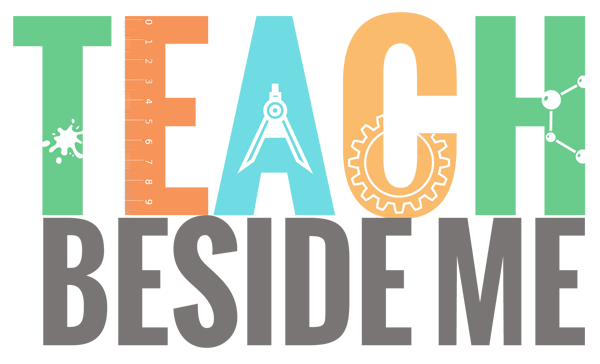
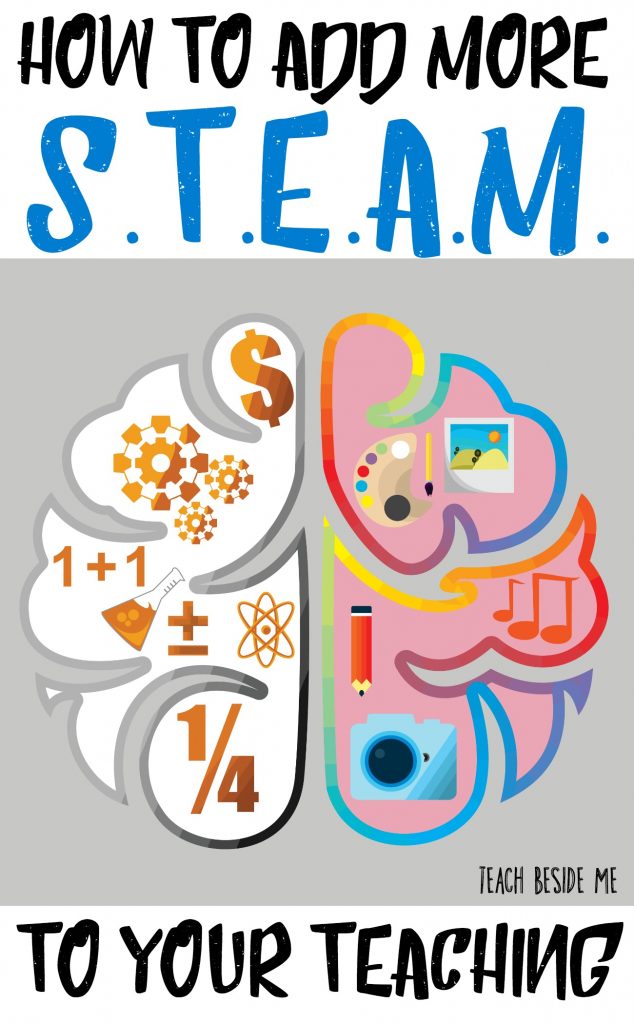
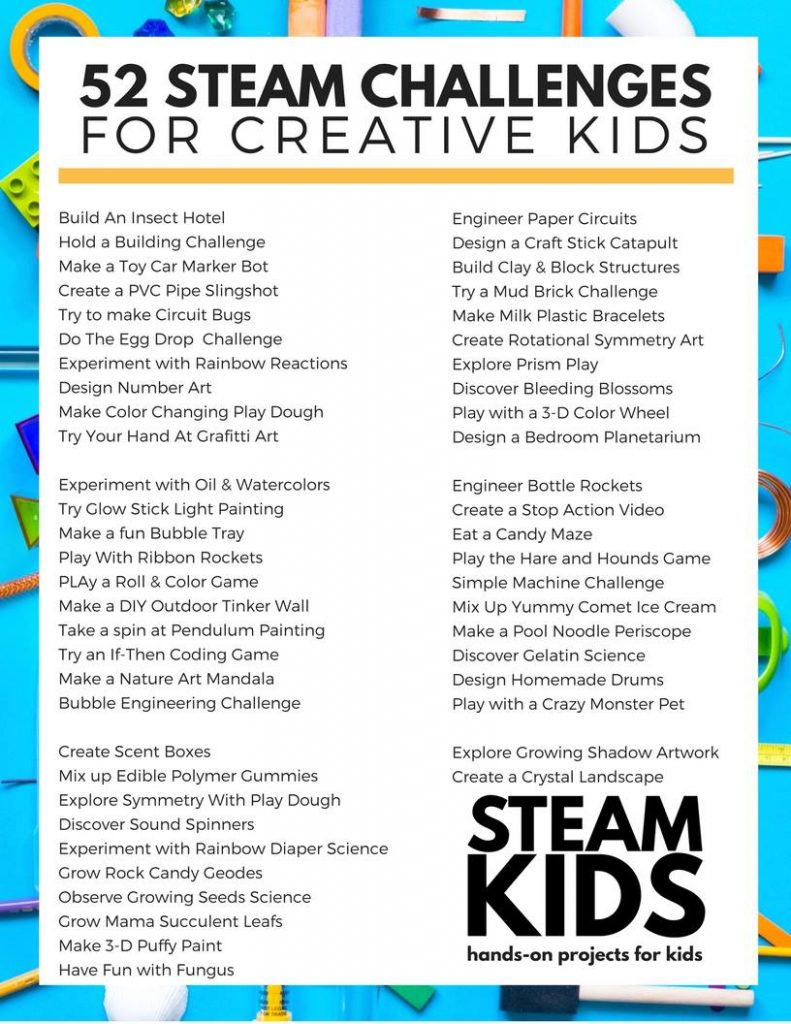




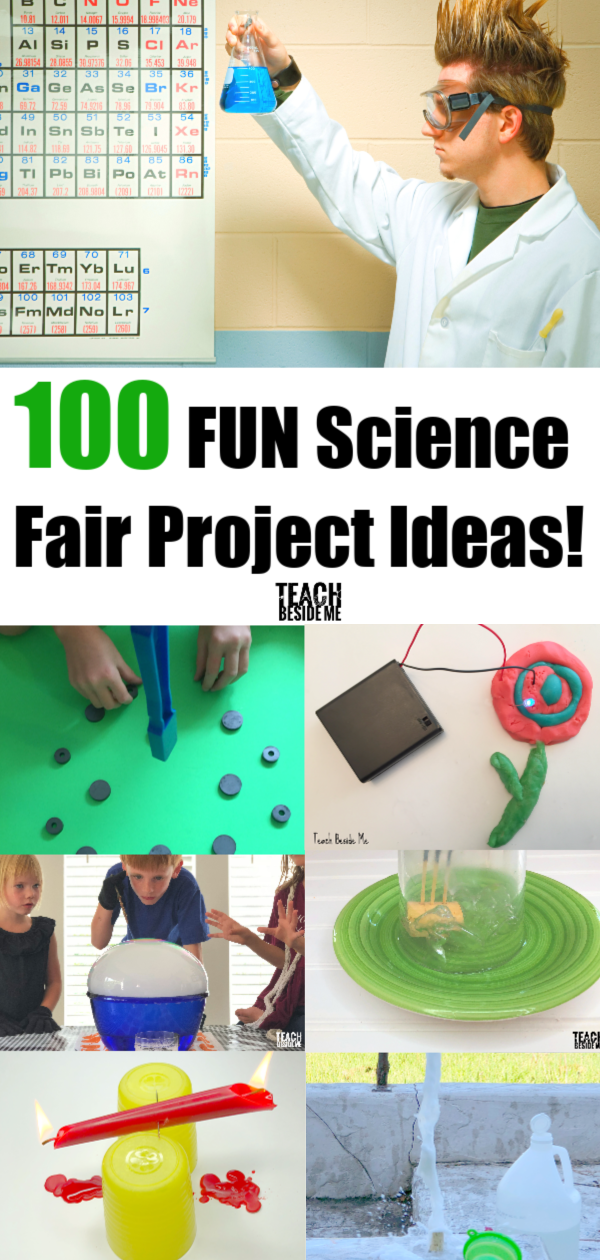
Great concept and ideas